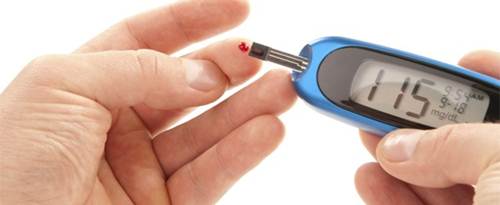
Diabetes is one of common problem worldwide. It is often referred to by doctors as diabetes mellitus. A group of metabolic diseases in which the person has high blood glucose. Patients with high blood sugar will typically experience frequent urination and become increasingly thirsty and hungry.
Managing diabetes
Diabetes can be treated and managed by healthful eating, regular physical activity and medications to lower blood glucose levels. Another critical part of diabetes management is reducing cardiovascular disease risk factors, such as high blood pressure, high lipid levels and tobacco use. This is how to manage diabetes :-

– People with type 1 diabetes must have insulin delivered by injection or a pump to survive.
– Many people with type 2 diabetes can control their blood glucose by following a healthy meal plan and a program of regular physical activity, losing excess weight and taking medications. Medications for each individual with diabetes will often change during the course of the disease. Insulin also is commonly used to control blood glucose in people with type 2 diabetes.
– Blood glucose control reduces the risk of developing the eye, nerve and kidney complications of diabetes.
– Hypoglycemia or low blood glucose is a complication of diabetes treatment with insulin or certain oral medications that can have serious consequences such as seizures, unconsciousness or death. Older patients with type 2 diabetes and children with type 1 diabetes are at particularly high risk for adverse outcome associated with hypoglycemia.
– Individual blood glucose targets, with the selection of targets based on the potential risks and benefits to the patient are encourage for people with diabetes.
– Self-management education or training focuses on self-care behaviors, such as healthy eating, being active, adhering to medications, learning coping skills and monitoring blood glucose.
– Many people with diabetes also need to take medications to control their blood pressure and to control their cholesterol.
Early detection and treatment of complications can prevent progression, so monitoring with dilated eye exams, urine tests and foot exams is essential. People with diadnosed diabetes need to get support and their health care providers can reduce the occurrence of these and other complications.
Source :- CDC National Diabetes Report

Leave a Reply